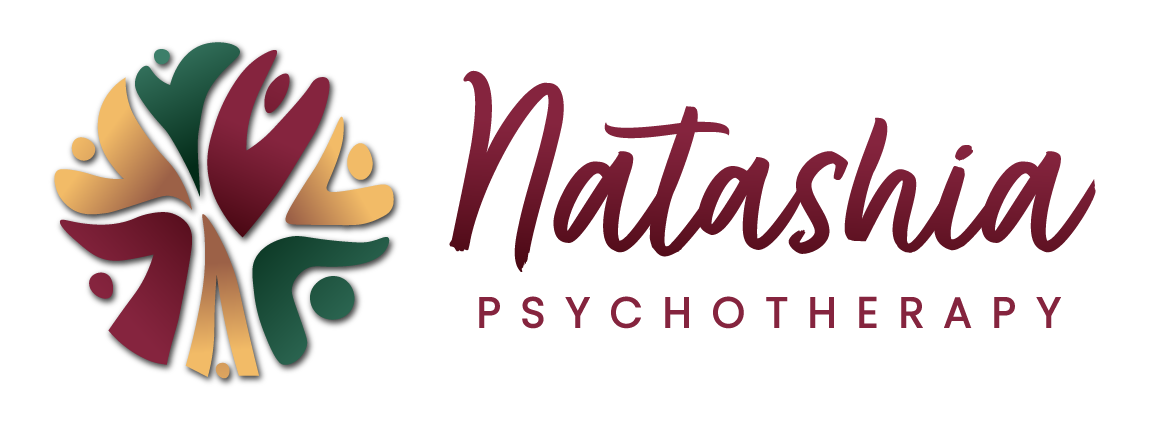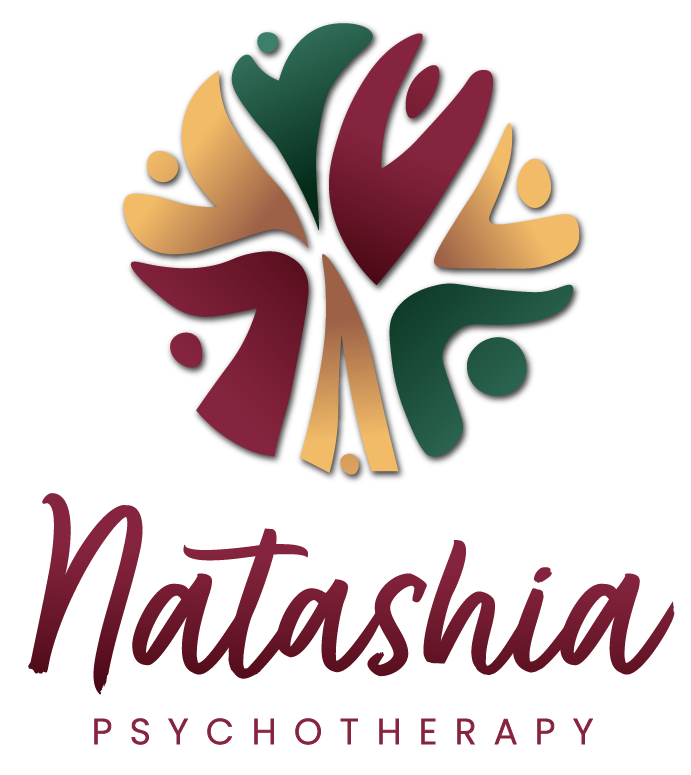The Couple's Most Common Problem
As a Marriage and Family Therapist who specializes in working on issues related to intimacy and bonding, the most common complaint I hear from clients is something their partner does that hurts them. The thought process is something like, "If only my partner would change, I wouldn't feel this hurt and would be happier." It is true, most likely, that if the partner would change, the client would probably feel alleviation of their hurt and probably experience feeling happier. However, there are two things that are really important to recognize: 1. Neither the client, nor myself have any power to make the partner change; and 2. There is a place of empowered relating that is seriously missing in this mindset.
In intimate relationships, "we tend to partner with someone whose proclivity match our vulnerabilities" (Esther Perel*). In essence, We tend to partner with people who's natural tendencies lean into or push their way towards our softer, more vulnerable places. No matter how awesome our partners are, we will come upon times where we are triggered by their actions. Don't get me wrong, the partner may be doing something that they could alter or that they should alter. But, if we only focus on that, we will find ourselves confronted again and again by more situations that are beyond our control and that invite the suffering feeling back. We will remain feeling powerless. We will constantly be the victim of someone else's actions or behavior.
No one person is able to provide us with meeting our every need. No one. Not our partners, not our sisters, not our brothers, not our children, not our besties, and not our parents. Yet, when we don't receive what we want from our partners we have a tendency to want to make them change because of this lack of connection. We want to feel more connected, not distanced by difference. This lack of connection can feel awful and our insides hurt. During this time we often can experience feeling not only pain, but lonely--as our partner seems so far away.
If we no one can fully match our needs, then we should then expect to be hurt and/or untended to at times by our partners. But it never feels like it makes sense when it happens. What are we supposed to do with this hurt? Typically, when feeling triggered, the brain goes into "fight, flight or freeze" mode. This is the primitive parts of our brain taking over-- the parts literally invested in just trying to keep us alive. So, the brain assumes the enemy is the one we are experiencing the pain with (who is actually, our beloved). At this point, we can clam up (freeze), leave (flight) or move into arguing (fight). Regardless of which of those paths that's taken...one thing often becomes clear: we experience the proclivities of our partners leaning into our vulnerabilities and this causes pain and sadness. We likely know what our partner can do better, so it wouldn't hurt us and quite likely could be much nicer or better. This clarity leads us to blame our partners. And here we get to, "If only my partner would change, I would be much happier."
And...what's worse is, at this point, not only do we greatly desire or feel like we need our partner to change, we are also often experiencing panic, because we feel attacked. If we remain in this cycle without finding another way to deal with the "triggered" moment, we often experience a large desire to control and greater anxiety and/or depression.
What's the learning curve? There is power and control and even more importantly, connection to be had in this situation. This is why, if we only focus on the our partners need to change, we miss a huge invitation towards fulfillment and learning. The person who is triggered, can move into themselves. This is a change in perspective. With anger and blame our energy is facing outwards at the person being seen as "causing" the suffering. Bringing the focus internal, prompts us to explore and study our inside process when triggered. Exploring our insides when filled with anger, sadness or any other negative emotion is a very brave action. Indeed, it takes courage. This exploration actually entails rewiring the brain. Remember, our brains are reacting to the pain, so the primitive brain turns on and thinks it needs to just project outward. To redirect our brain, it takes focus, curiosity, openness, trust and courage. To look inside we begin by just being with our insides. We begin with noticing what is happening at this moment inside of us. We notice the discomfort. Maybe get to know it as best we can. In our solution focused culture, this can feel really odd. With pain or negative emotion, we are typically taught to solve it or get away from feeling it. But, in this case, we just try to get to know it: how it feels in our body, what words it says to us, the shape our body takes, the urges it has, the memories that come. Most often this feeling comes from previous hardship or trauma we incurred. It's a wound that is waiting to be healed. What is needed is to find a new path, one where the wound can be nurtured in a way that it wasn't and hasn't been. The disconnection with this part of our self, often happened long ago and our wound reminds us that we do not know how to connect with it.
From this deep space, what can be done to be with our self, nurturing this hurting part? This is now the exploration. We can experiment to find clues at what helps us connect with the pain. Connect with loving it. This is the beginning of standing up for and connecting with your mind and body. Recently, after years of just taking being the "giver" and the "holder of space" in her relationship, a client of mine stood up to her partner and spoke her truth rather than shrinking herself out of fear of the partner's potential departure. As she did this, her entire body spoke. Her posture moved from being slouched over to sitting upright, literally taking up more space. Her insides were becoming alive. She wasn't yelling or even speaking from a place of anger or blame. She was speaking from a place of connecting with her insides, loving herself, and honoring her pain. She let the partner know the parameters of what was welcome in relationship with her and what would no longer be tolerated. Her message was resonant in body and mind.
It was a visceral moment of empowerment.
She could only have done this, through having explored her hurt and pain and practiced how to care for herself when under the "triggering conditions". This takes time, patience and a lot of self exploration, as well as relationship exploration/communication. It's real though and definitely a change.
Whatever your learning curves are, I wish for you to continue to connect with your insides and share those connections. I wish for you to find more and more ways to love yourself exactly as you are. It is when we learn about loving ourselves, that we can learn how to teach our partners to love us. It is also the primary place--the model for which our children learn about loving themselves. Far more than what we say, our children see how we are in relationship with ourselves. When we can be with our pain in loving presence, our children learn how to be with their pain in loving presence.

